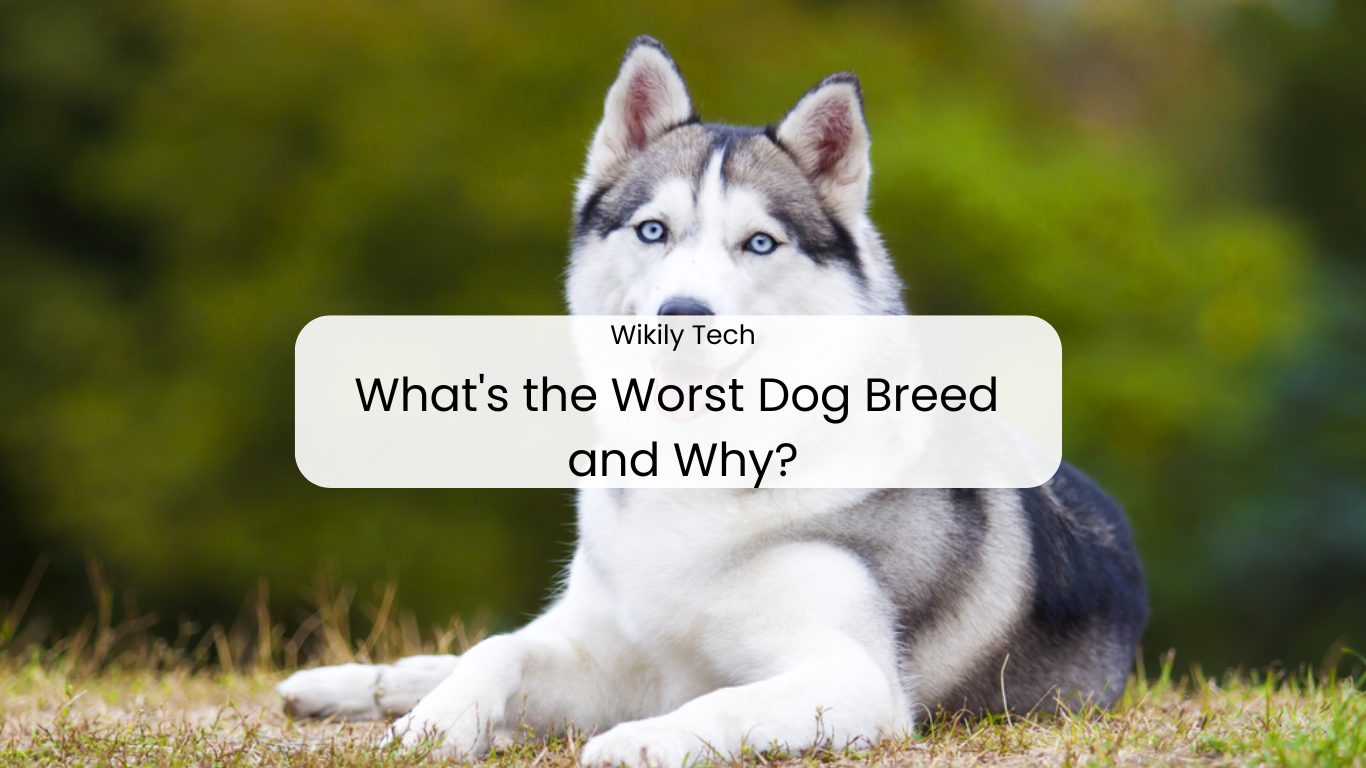When it comes to choosing a dog, many potential pet owners have preferences based on breed traits, appearance, and compatibility with their lifestyle. However, labeling any dog breed as the “worst” is not only subjective but also potentially harmful as it can perpetuate stereotypes and misconceptions about certain breeds.
It’s important to emphasize that there is no inherently “worst” dog breed. The suitability of a dog depends more on its individual temperament, how it’s raised and trained, and its compatibility with the owner’s lifestyle rather than its breed. However, challenges with specific breeds can arise due to a variety of factors.
Contents
List of Challenging Dog Breeds and Their Specifications
While no dog breed is inherently “the worst,” some breeds might present more challenges for certain owners due to their specific traits and care requirements. Below is a list of some breeds that are often considered challenging, along with their specifications:
Border Collie
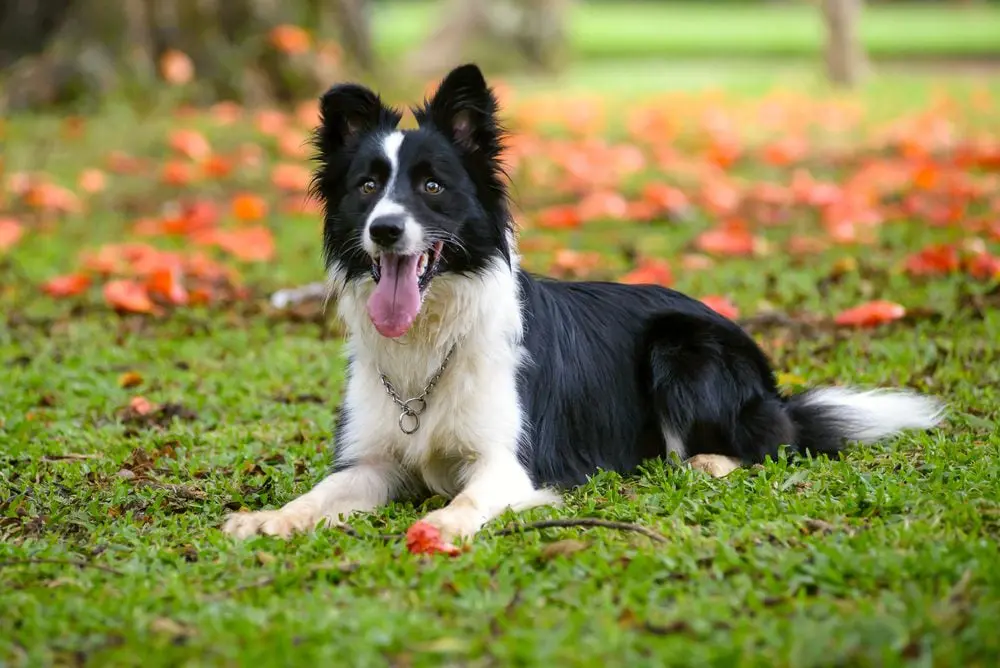
Known for their intelligence and energy, Border Collies are workaholics that thrive on mental and physical stimulation.
- Group: Herding
- Height: 18-22 inches
- Weight: 30-45 pounds
- Coat and Color: Medium-length coat; commonly black and white, although other colors like blue merle are also seen.
- Life Expectancy: 12-15 years
Siberian Husky
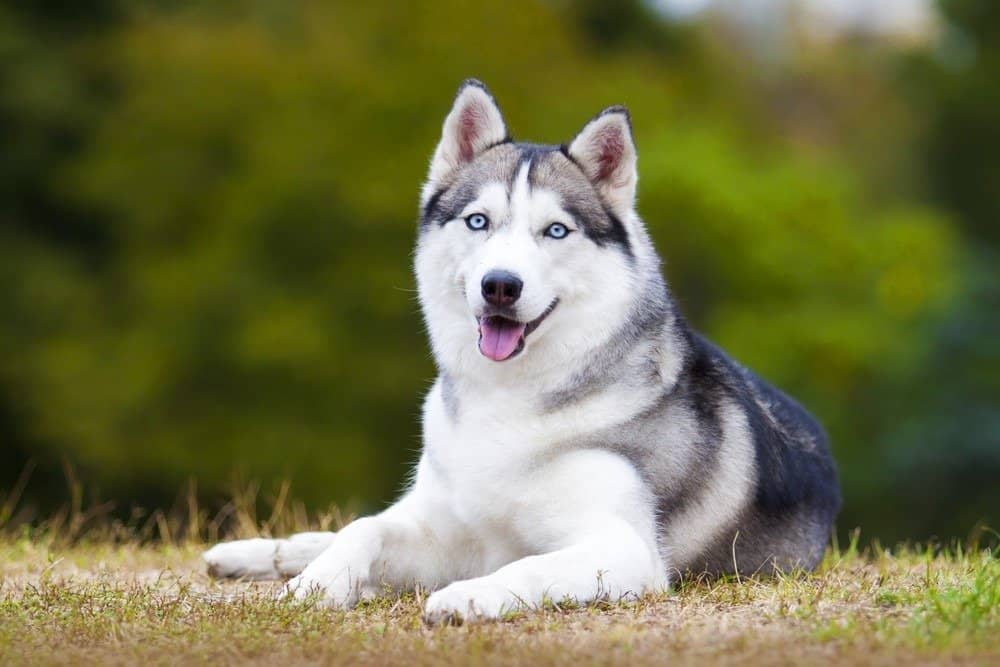
Originally bred for pulling sleds in harsh Arctic conditions, Siberian Huskies are extremely energetic and independent.
- Group: Working
- Height: 20-23.5 inches
- Weight: 35-60 pounds
- Coat and Color: Thick double coat; colors include black, grey, red, and agouti, often with distinctive facial markings.
- Life Expectancy: 12-14 years
English Bulldog
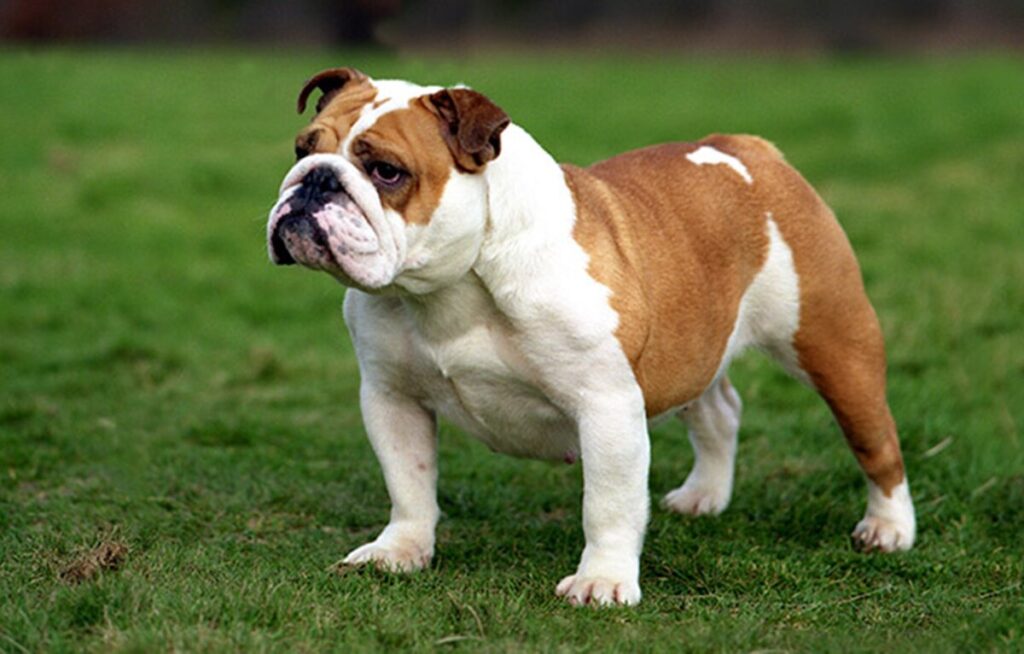
Known for their loose, wrinkled skin and distinctive pushed-in nose, English Bulldogs are charming but prone to numerous health issues.
- Group: Non-Sporting
- Height: 14-15 inches
- Weight: 50-55 pounds
- Coat and Color: Short, flat coat; colors include white, fawn, red, and brindle.
- Life Expectancy: 8-10 years
Chihuahua
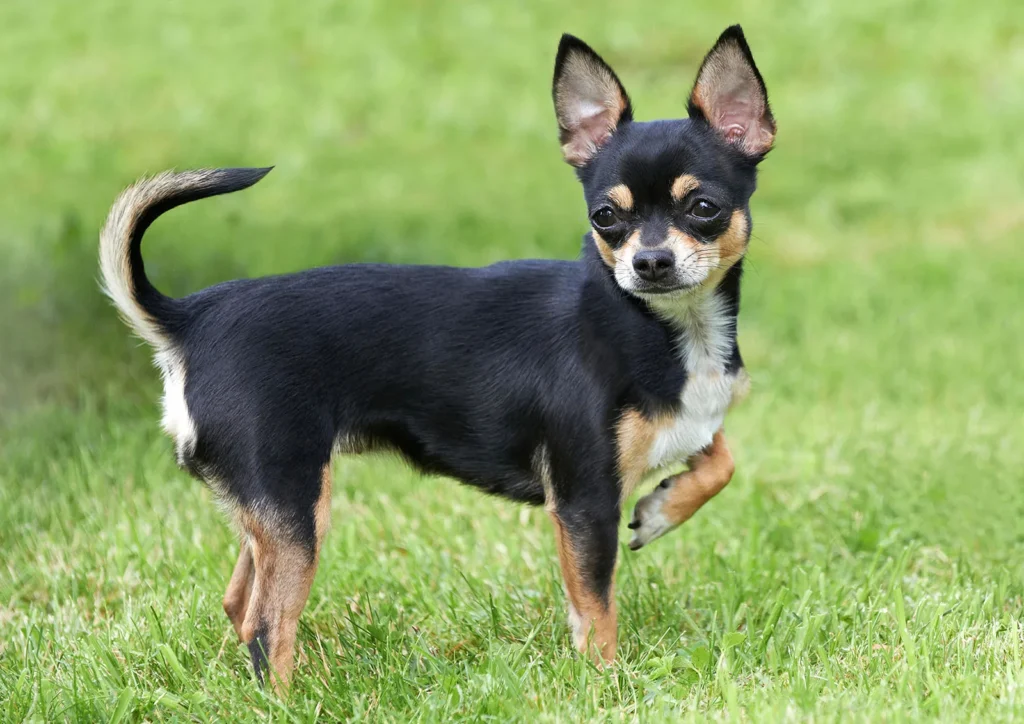
Small in size but large in personality, Chihuahuas are fiercely loyal to their owners and can be protective.
- Group: Toy
- Height: 5-8 inches
- Weight: Up to 6 pounds
- Coat and Color: Can be either short or long-haired; colors range widely, including black, white, fawn, chocolate, and more.
- Life Expectancy: 14-16 years
Great Dane
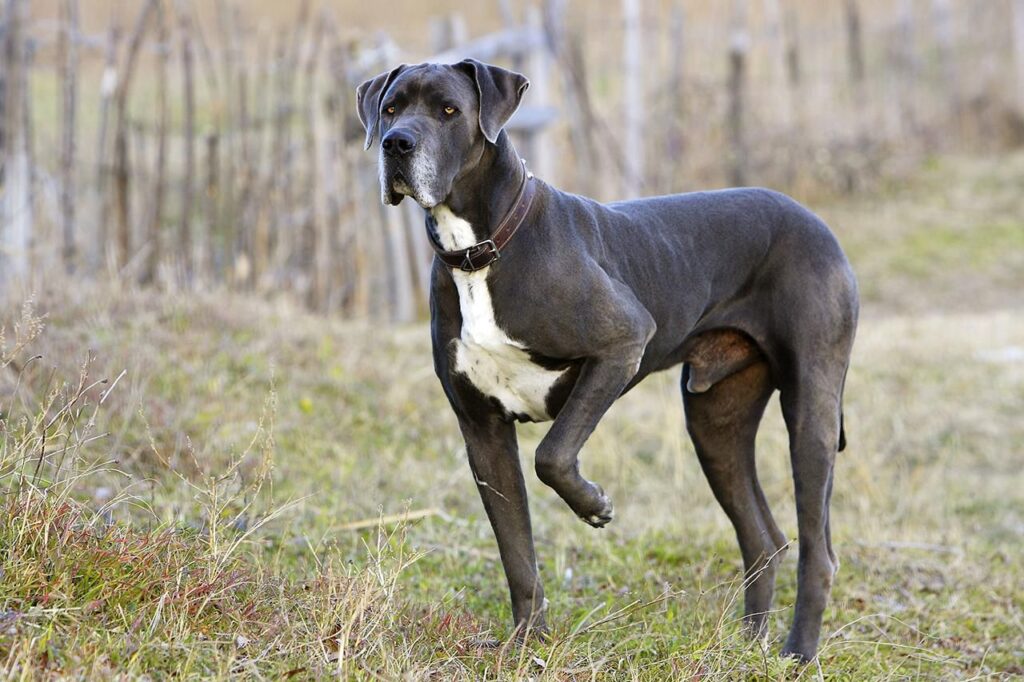
Known as gentle giants, Great Danes are affectionate and sweet but require a lot of space and can be quite intimidating due to their size.
- Group: Working
- Height: 28-32 inches
- Weight: 110-175 pounds
- Coat and Color: Short coat; common colors include fawn, brindle, blue, black, and harlequin.
- Life Expectancy: 7-10 years
Dalmatian
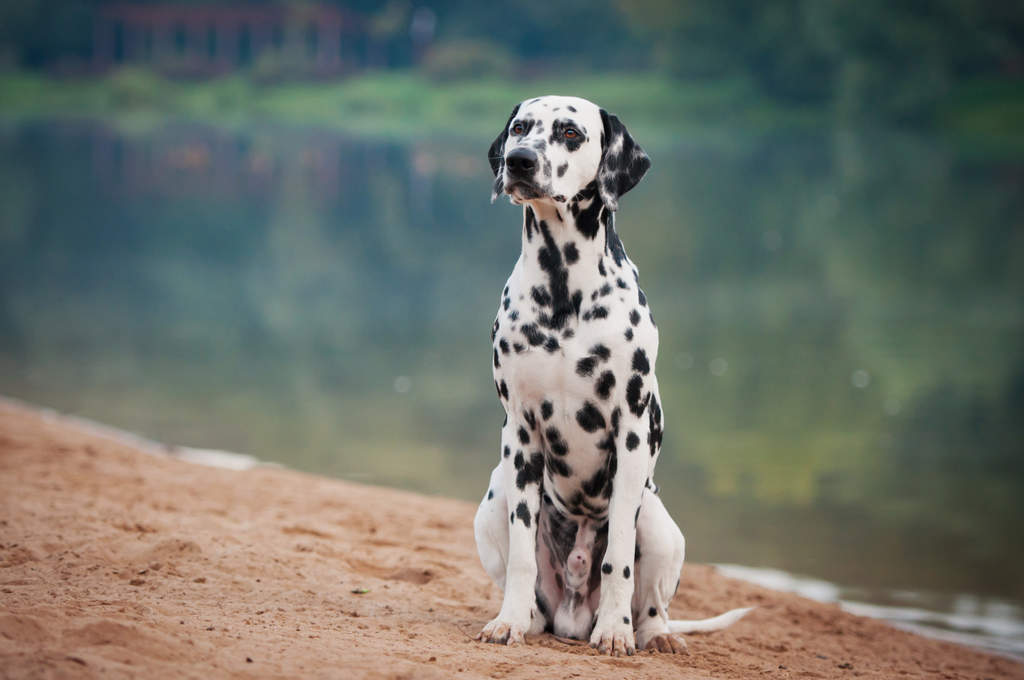
Famous for their spotted coat and unique job as a carriage dog, Dalmatians are highly energetic and need a lot of exercise.
- Group: Non-Sporting
- Height: 19-24 inches
- Weight: 45-70 pounds
- Coat and Color: Short coat with distinctive black or liver spots.
- Life Expectancy: 10-13 years
Each of these breeds has unique qualities that can make them a perfect fit for the right person or family. It’s crucial for potential dog owners to research thoroughly and consider their ability to meet the needs of these breeds before making a decision.
Key Considerations
- Energy Levels and Exercise Requirements
- Some breeds, like Border Collies or Siberian Huskies, are incredibly high-energy and require extensive exercise and mental stimulation. Without this, they can become destructive or difficult to manage, which might be challenging for people who have a sedentary lifestyle or limited space.
- Health Issues
- Certain breeds are prone to genetic health problems that can lead to high veterinary costs and emotional stress for the owner. For example, English Bulldogs often suffer from respiratory issues, while German Shepherds can develop hip dysplasia.
- Temperament and Behavior Challenges
- Breeds like the Chihuahua or Dalmatian can be particularly challenging due to their temperamental nature. These breeds may require an owner who understands dog behavior deeply and can provide firm, consistent training.
- Size and Strength
- Larger breeds such as Great Danes or Saint Bernards need ample space to move around and can be physically overpowering for individuals who are not prepared for their size and strength.
- Grooming Needs
- Breeds with extensive grooming needs, like the Poodle or Shih Tzu, require regular professional grooming, which can be a consideration in terms of time and financial investment.
Why Labeling a Breed as the Worst Is Misleading
Every dog, regardless of breed, has its unique personality and potential. Problems often arise not from the breed itself but from a mismatch between the dog’s needs and the owner’s ability to meet those needs. Educating potential dog owners about the needs of different breeds and promoting responsible pet ownership are far more beneficial than labeling any breed as the worst.
Conclusion
In conclusion, while certain breeds may present more challenges than others, there is no “worst” dog breed. Potential dog owners should consider their personal circumstances, the dog’s needs, and professional advice from veterinarians and trainers when choosing a pet. The focus should always be on responsible ownership, understanding, and compassion rather than breed discrimination.
